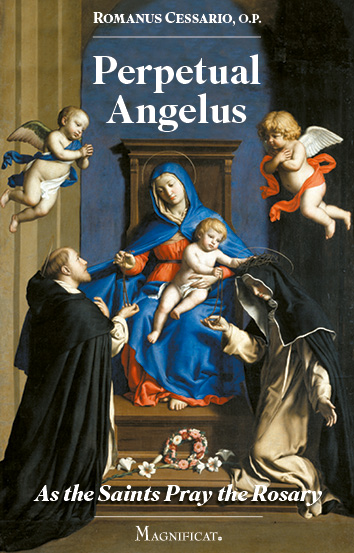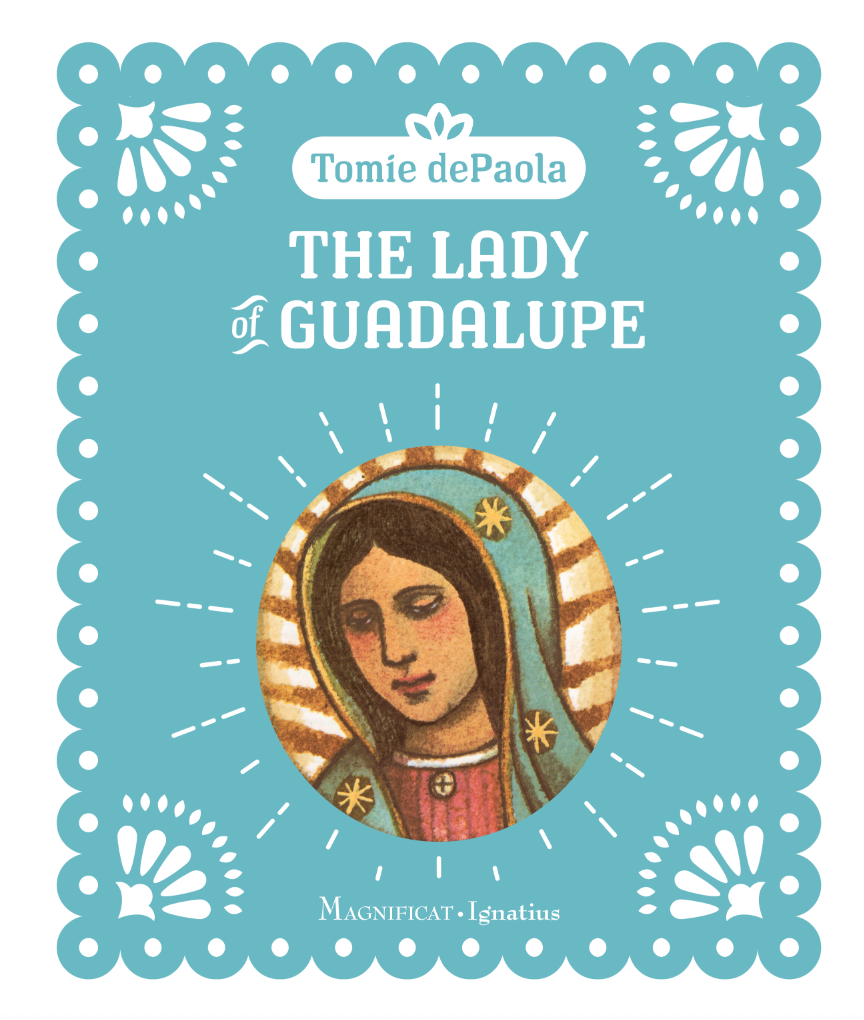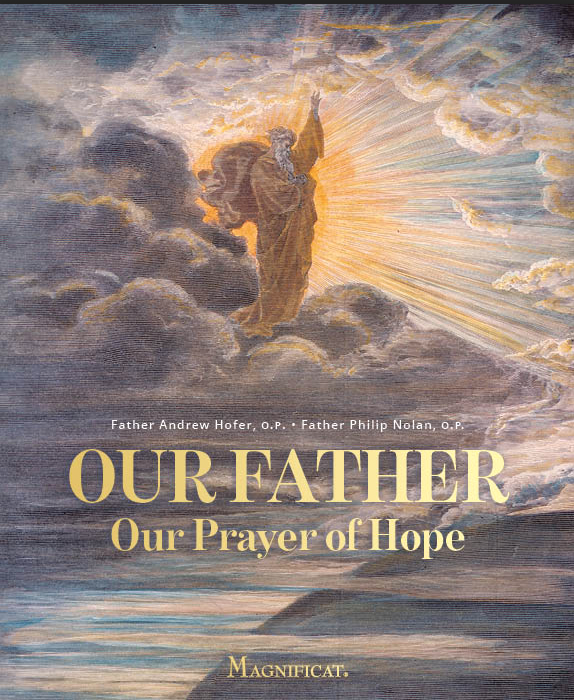The Gospels were probablywritten from back to front, that is, starting from the account of the Death and Resurrection of Jesus, on through a sketch of his preaching and healing ministry, and ultimately to the infancy narratives. This ordering of things was not a caprice but a reflection of the early Christian preaching. Very early on, several places in Acts clearly implythis: “God raised this man Jesus to life, and of that we are all witnesses” (Acts 2:33). “You killed the prince of life. God however raised him from the dead” (Acts 3:15). It would appear that the recurrent note that was struck in the apostolic preaching at that early time was: Death and Resurrection. This preaching eventually took shape as the earliest consecutive narrative about Jesus.
Early Church preaching
At a second stage, early Church preaching seems to have given attention to Jesus’ public life. A sketch of Peter’s preaching found in Acts 10:37-41 has Peter speaking about Jesus as one going about doing good, liberating those who had fallen into the power of the devil, and subsequently being killed and then raised by God on the third day. It would seem that in the very beginning the main thrust of Christian preaching centered around the Death and Resurrection of Jesus and only subsequently was the narrative of Jesus’ preaching and healing activity affixed to the Passion/Resurrection account.
The infancy narratives
At a third stage of Gospel growth, note was taken of the conception and birth of Jesus. If one should wonder about the reasons that prompted the inclusion of the infancy narratives into the Gospels, one could mention: plain curiosity. The early Christians were avid to know as much as they could about Jesus: his birthplace, his family, in short, every detail about his life and earthly origins was precious to them. Apologetics also appears to have playedarole in the composition of the infancy accounts. Some suspect that an effort was made in these accounts to confute the followers of John the Baptist. In Luke’saccount, for instance, it is noted that John the Baptist acknowledges Jesus’ superiority even before birth. It is possible too that the account of Jesus’ birth on earth is meant to rebut the heretical docetist view that denied the genuine humanity of Jesus.
Certain theological considerations may also conceivably have played a part in the fusing together of the infancy narratives. One thinks of the striking parallel suggested by theaccount of Jesus’ deliverance from the craven insecurity of Herod, who had all the male children of the district killed—an account very reminiscent of Moses’ rescue from the clutches of an unscrupulous Pharaoh who also slaughtered male infants. The striking similarity in all this served to deepen the Christian sense of Jesus as the Messiah who reenactsthe history of Israel.
The greatness of Jesus Christ
All this is to make clear that, in the view of some scholars, the Gospels that have come down to us came into being by prefacing the ministry accounts and the infancy narratives to the Passion and Resurrection accounts.
All the happenings in the story of Jesus were viewed by the early Christians as instances of God’s saving action in Jesus. Itwas through these events that the early Christians came to understand more sharply and more deeply the identity of Jesus.
In sum, the infancy narratives which will be encountered in this month’s liturgy and indeed the Gospels as a whole are aimed at disclosing the true nature and greatness of Jesus the Christ.
©Magnificat December 2000









